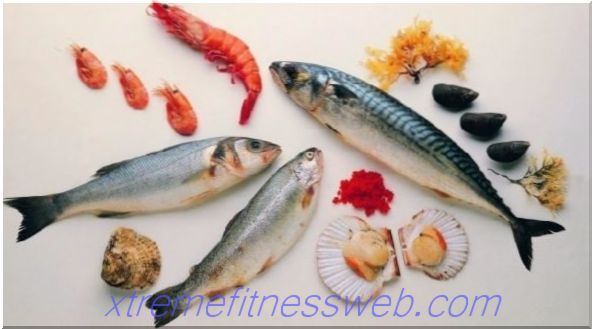- What are trans fats?
- How do trans fats appear?
- Margarine
- Why dangerous trans fats are used in the food industry "> The danger of trans fats
- Trans fats in margarine

Everyone who cares about a healthy and balanced diet needs to know what trans fats are, why they are dangerous for metabolic processes, why they contribute to gaining extra pounds and obesity. No less importance must be given to what foods are rich in trans fats.
Content
- 1 What are trans fats?> 2 How do trans fats appear?
- 3 Margarine
- 4 Why are dangerous trans fats used in the food industry?
- 5 The danger of trans fats
- 6 Trans Fat in Margarine
- 7 What foods have trans fats?
What are trans fats?
These are modified molecules that appear in vegetable unsaturated fats as a result of heat treatment. A small concentration of trans fats is also present in nature, but increases when the substance reacts with water. Their number can increase to twenty, and sometimes up to fifty percent. The champions in the content of such modified compounds are fast food and convenience foods.
Trans fats, as has been proven in numerous studies, do not benefit the body, but vice versa. They disrupt the function of metabolism, which leads to obesity and worsening or development of various diseases of the circulatory vascular system, heart muscle.
How do trans fats appear?
The main feature of semi-finished products is the relative cheapness. This affects the choice of oils and fats for the production of this category of products. If they are not tasteless, inexpensive, have a long shelf life, they will quickly deteriorate and give fast food a bitter and unpleasant taste.
There is no animal fat in such products. They are replaced by sunflower, rapeseed, cotton, palm or coconut. To achieve a stable long shelf life, various chemical reactions are used, the result of which is the appearance of trans fats.

Margarine
With the advent of this product, the history of trans fats began. This cheaper butter analogue was developed based on the technology introduced in 1901, which consists in the possibility of solidifying liquid vegetable oils. This was made possible by the use of nitrous acid and the passage of hydrogen bubbles through a heated oil.
The production of cheap and long-term storage margarine has become a real revolution for the food industry. He entered the familiar grocery list during times of food shortages experienced by people during World War II.
Why dangerous trans fats are used in the food industry "> The danger of trans fats
 Modified molecules disrupt the metabolism of fatty acids. The results of studies conducted at Harvard School of Public Health showed that two percent of trans fats of the total calories are enough to provoke a person's development of coronary heart disease - coronary heart disease.
Modified molecules disrupt the metabolism of fatty acids. The results of studies conducted at Harvard School of Public Health showed that two percent of trans fats of the total calories are enough to provoke a person's development of coronary heart disease - coronary heart disease.
Fatty acids are involved in the synthesis of sex hormones, therefore, when using trans fats, the concentration of testosterone can be reduced. In addition, insulin synthesis is deteriorating, which entails increased deposition of calories in the subcutaneous fat.
Trans fats in margarine
The number of trans fats, until they were considered dangerous for humans, in soft grades of margarine was 10-20%, and in hard ones it reached 40%. Today, in the USA and in a number of European countries there is a restriction according to which the number of trans fats of the total amount of fat in a product should not exceed 2%.
Russia and Latin America are not among them. On their territory there are not only no restrictions on the content of trans fats, but, unlike the United States and Europe, their exact number may not even be indicated in the composition.







